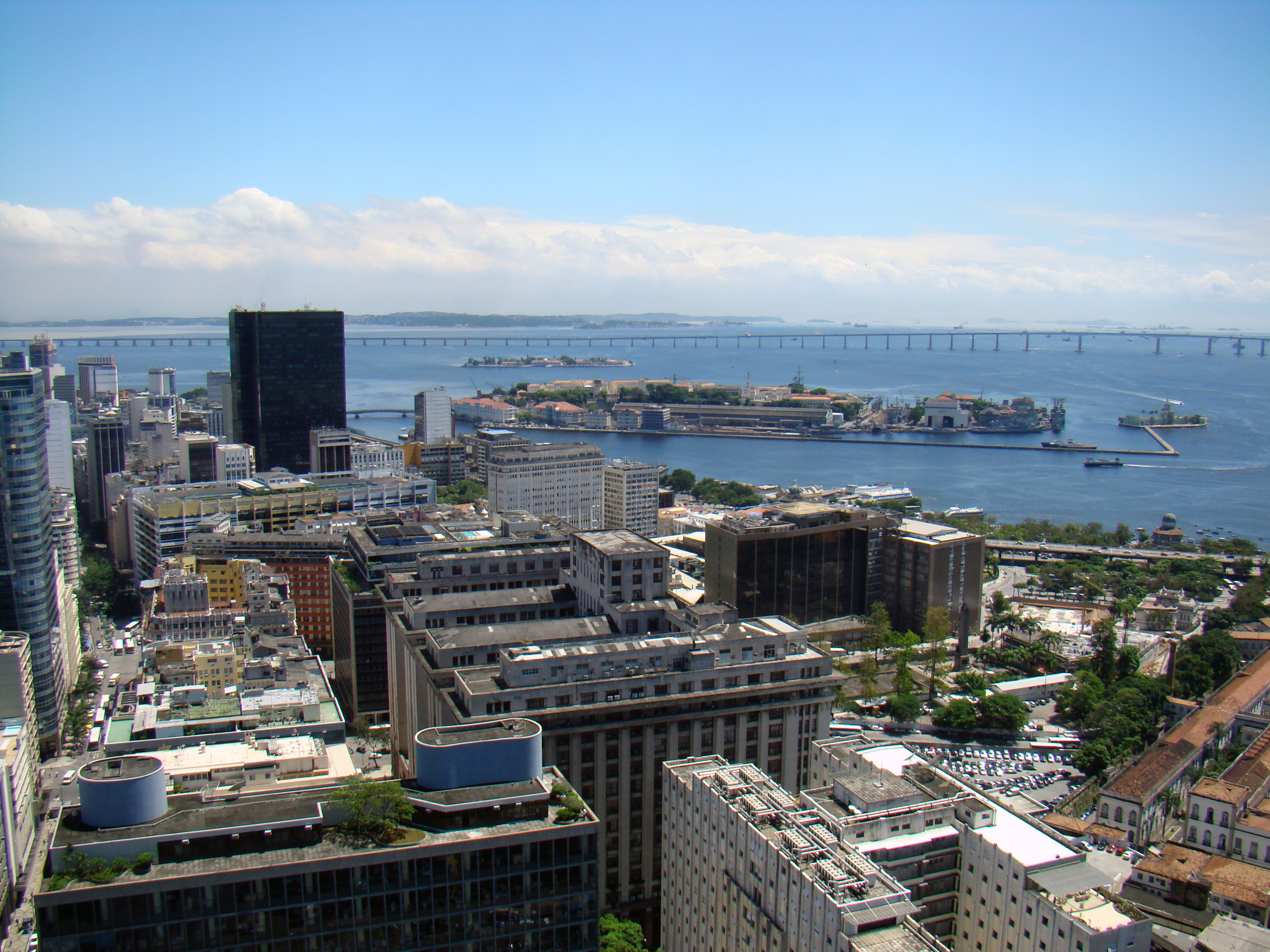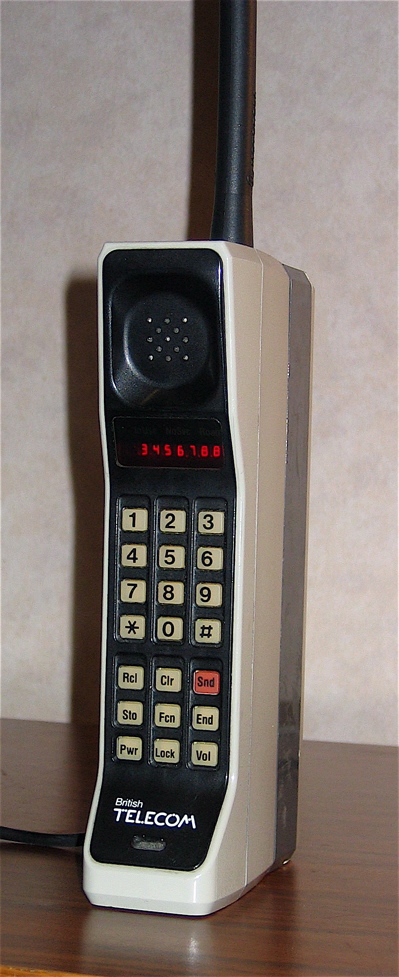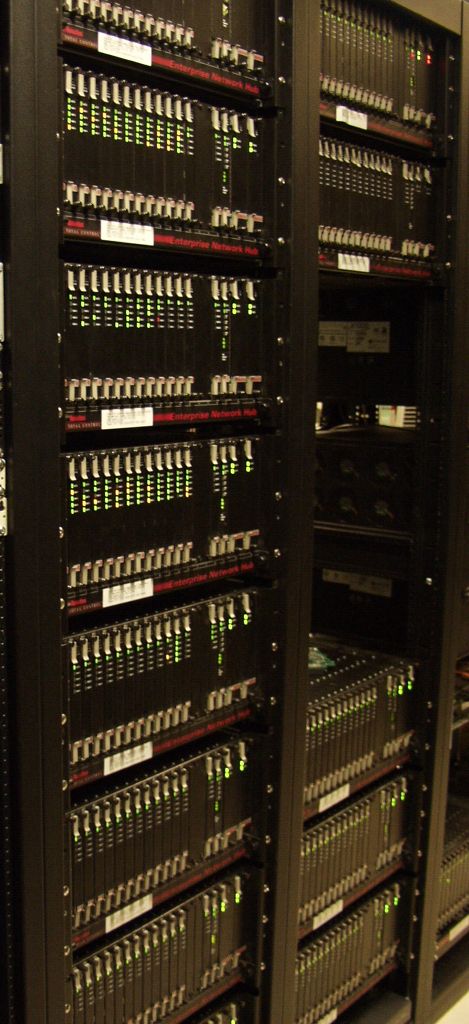|
Telephone Numbers In Brazil
The Brazilian telephone numbering plan uses a two-digit area code and eight-digit local phone numbers for landlines and nine digits for mobile lines. Public utility services use short phone numbers (usually three digits), always starting with ''1''. Local dialing As established by ANATEL, the Brazilian federal telecommunications regulatory agency, the format for a local phone number is ''nnnn-nnnn'' (eight digits) for landlines, and ''nnnnn-nnnn'' (nine digits) for mobile lines. The first digits of the local number identify the service associated with the phone number: *''100'' to ''199'': special short public utility numbers (see below) *''2000'' to ''5999'': landlines *''6000'' to ''8999'': Unused (iDEN was disestablished in 2018) *''91000'' to ''99999'': mobile phones ''0'' is reserved for long-distance calls and cannot be used as a local initial digit (see below). ''901'' to ''909'' have been reserved for automated system of national collect calls ( see below) since 19 ... [...More Info...] [...Related Items...] OR: [Wikipedia] [Google] [Baidu] |
National Telecommunications Agency (Brazil)
The National Telecommunications Agency () or Anatel is a special agency in Brazil Brazil, officially the Federative Republic of Brazil, is the largest country in South America. It is the world's List of countries and dependencies by area, fifth-largest country by area and the List of countries and dependencies by population ... created by the general telecommunications act (Law 9472, 16/07/1997) in 1997 and governed by Decree 2338 of 07/10/1997. The agency is administratively and financially independent, and not hierarchically subordinate to any government agency. Its decisions can only be appealed in court. From the Ministry of Communications, Anatel has inherited the powers of granting, regulating, and supervising telecommunications in Brazil as well as much technical expertise and other material assets. Certification of Telecommunication Products by Anatel The certification of telecommunication equipment in Brazil is regulated by the National Telecommunications Agency ... [...More Info...] [...Related Items...] OR: [Wikipedia] [Google] [Baidu] |
Rio De Janeiro (state)
Rio de Janeiro () is one of the States of Brazil, 27 federative units of Brazil. It has the second largest economy of Brazil, with the largest being that of the state of São Paulo (state), São Paulo. The state, which has 8.2% of the Brazilian population, is responsible for 9.2% of the Brazilian Gross domestic product, GDP. The state of Rio de Janeiro is located within the Brazilian geopolitical region classified as the Southeast Region, Brazil, Southeast (assigned by Brazilian Institute of Geography and Statistics, IBGE). Rio de Janeiro shares borders with all the other states in the same Southeast macroregion: Minas Gerais (North, N and Ordinal directions, NW), Espírito Santo (Ordinal direction, NE) and São Paulo (state), São Paulo (Ordinal directions, SW). It is bounded on the east and south by the South Atlantic Ocean. Rio de Janeiro has an area of . Its capital is the city of Rio de Janeiro, Rio de Janeiro, Rio de Janeiro, which was the capital of the Portuguese Colonial ... [...More Info...] [...Related Items...] OR: [Wikipedia] [Google] [Baidu] |
Brasília
Brasília ( ; ) is the capital city, capital of Brazil and Federal District (Brazil), Federal District. Located in the Brazilian highlands in the country's Central-West Region, Brazil, Central-West region, it was founded by President Juscelino Kubitschek on 21 April 1960, to replace Rio de Janeiro as the national capital. Brasília is Brazil's List of cities in Brazil by population, third-most populous city after São Paulo and Rio de Janeiro, with a population of 2.8 million. Among major Latin American cities, it has the highest GDP per capita. Brasília is a Planned community, planned city developed by Lúcio Costa, Oscar Niemeyer and Joaquim Cardozo in 1956 in a scheme to move the capital from Rio de Janeiro to a more central location. The landscape architect was Roberto Burle Marx. The city's design divides it into numbered blocks as well as sectors for specified activities, such as the Hotel Sector, the Banking Sector, and the Embassy Sector. Brasília was inscribed as a UN ... [...More Info...] [...Related Items...] OR: [Wikipedia] [Google] [Baidu] |
Code Division Multiple Access
Code-division multiple access (CDMA) is a channel access method used by various radio communication technologies. CDMA is an example of channel access method, multiple access, where several transmitters can send information simultaneously over a single communication channel. This allows several users to share a band of frequencies (see bandwidth (signal processing), bandwidth). To permit this without undue interference between the users, CDMA employs spread spectrum technology and a special coding scheme (where each transmitter is assigned a code). CDMA optimizes the use of available bandwidth as it transmits over the entire frequency range and does not limit the user's frequency range. It is used as the access method in many mobile phone standards. cdmaOne, IS-95, also called "cdmaOne", and its 3G evolution CDMA2000, are often simply referred to as "CDMA", but UMTS, the 3G standard used by GSM carriers, also uses "wideband CDMA", or W-CDMA, as well as TD-CDMA and TD-SCDMA, as ... [...More Info...] [...Related Items...] OR: [Wikipedia] [Google] [Baidu] |
Digital AMPS
Digital AMPS (D-AMPS), most often referred to as TDMA, is a second-generation ( 2G) cellular phone system that was once prevalent throughout the Americas, particularly in the United States and Canada since the first commercial network was deployed in 1993. Former large D-AMPS networks included those of AT&T and Rogers Wireless. The name TDMA is based on the abbreviation for time-division multiple access, a common multiple access technique which is used in most 2G standards, including GSM. D-AMPS competed against GSM and systems based on code-division multiple access (CDMA). It is now considered end-of-life, as existing networks have shut and been replaced by GSM/GPRS or CDMA2000 technologies. The last carrier to operate a D-AMPS network was U.S. Cellular, who terminated it on February 10, 2009. The technical names for D-AMPS are IS-54 and its successor IS-136. IS-54 was the first mobile communication system which had provision for security, and the first to employ time-divisio ... [...More Info...] [...Related Items...] OR: [Wikipedia] [Google] [Baidu] |
Advanced Mobile Phone System
Advanced Mobile Phone System (AMPS) was an analog mobile phone system standard originally developed by Bell Labs and later modified in a cooperative effort between Bell Labs and Motorola. It was officially introduced in the Americas on October 13, 1983,Private Line and was deployed in many other countries too, including Israel in 1986, Australia in 1987, Singapore in 1988, and Pakistan in 1990. It was the primary analog mobile phone system in North America (and other locales) through the 1980s and into the 2000s. As of February 18, 2008, carriers in the United States were no longer required to support AMPS and companies ... [...More Info...] [...Related Items...] OR: [Wikipedia] [Google] [Baidu] |
Telebrás
Telebras is a Brazilian telecommunications company which was the state-owned monopoly telephone system. It was broken up in July 1998 into twelve separate companies, nicknamed the 'Baby Bras' companies, that were auctioned to private bidders. The new companies were the long distance operator Embratel, three fixed line regional telephony companies and eight cellular companies. It was re-established in 2010 according to Decree No. 7.175 that established the National Broadband Plan (PNBL), when then-President Luiz Inácio Lula da Silva tasked it with managing a nationwide plan to expand broadband Internet access. Telebras implements the private communication network of the federal public administration, public policy support and supports broadband, besides providing infrastructure and support networks to telecommunications services provided by private companies, states, Federal District, municipalities and nonprofits. History Attempts at privatization began during Fernando Collor de M ... [...More Info...] [...Related Items...] OR: [Wikipedia] [Google] [Baidu] |
Payphone
A payphone (alternative spelling: pay phone or pay telephone or public phone) is typically a coin-operated public telephone, often located in a telephone booth or in high-traffic public areas. Prepayment is required by inserting coins or telephone tokens, swiping a credit or debit card, or using a telephone card. The company that operates the payphone generally pays either rent or a revenue share to the owner of the property where the phone is installed. Invented in the late 19th century, payphones became ubiquitous worldwide in the 20th, enough to contribute to the notion of universal access to basic communication services. The charge for a call may be a flat rate, or dependent on call duration. Following the explosive growth of mobile telephony, the use of payphones, and the number installed, has decreased greatly. Countries Canada Most payphones in Canada are owned and operated by large telecom providers such as Bell, Telus Communications, and SaskTel. In the last 2 ... [...More Info...] [...Related Items...] OR: [Wikipedia] [Google] [Baidu] |
Directory Assistance
In telecommunications, directory assistance or directory inquiries is a phone service used to find out a specific telephone number and/or address of a residence, business, or government entity. Technology Directory assistance systems incorporate a wide range of automation to reduce the cost of human operators. Almost all systems use custom database software to locate listings quickly. Most directory assistance systems use automated readback systems to give out the phone number. This frees the directory assistance operator to move on to another caller as soon as the correct listing is located. Some systems have "store and forward" technology which records the city and state the caller is requesting; it then plays the recording to the operator before they answer and ask the caller to further specify. Interactive voice response systems have been added to many directory assistance systems. These complex systems use speech recognition and recorded speech or speech synthesis to handl ... [...More Info...] [...Related Items...] OR: [Wikipedia] [Google] [Baidu] |
Dial-up Internet Access
Dial-up Internet access is a form of Internet access that uses the facilities of the public switched telephone network (PSTN) to establish a connection to an Internet service provider (ISP) by dialing a telephone number on a conventional telephone line which could be connected using an RJ-11 connector. Dial-up connections use modems to decode audio signals into data to send to a Router (computing), router or computer, and to encode signals from the latter two devices to send to another modem at the ISP. Dial-up Internet reached its peak popularity during the dot-com bubble with the likes of ISPs such as Sprint Corporation, Sprint, EarthLink, MSN Dial-up, NetZero, Prodigy (online service), Prodigy, and America Online (more commonly known as AOL). This was in large part because broadband Internet did not become widely used until well into the 2000s. Since then, most dial-up access has been replaced by broadband. History In 1979, Tom Truscott and Jim Ellis (computing), Jim Ellis, g ... [...More Info...] [...Related Items...] OR: [Wikipedia] [Google] [Baidu] |
Internet Service Provider
An Internet service provider (ISP) is an organization that provides a myriad of services related to accessing, using, managing, or participating in the Internet. ISPs can be organized in various forms, such as commercial, community-owned, non-profit, or otherwise privately owned. Internet services typically provided by ISPs can include internet access, internet transit, domain name registration, web hosting, and colocation. History The Internet (originally ARPAnet) was developed as a network between government research laboratories and participating departments of universities. Other companies and organizations joined by direct connection to the backbone, or by arrangements through other connected companies, sometimes using dialup tools such as UUCP. By the late 1980s, a process was set in place towards public, commercial use of the Internet. Some restrictions were removed by 1991, shortly after the introduction of the World Wide Web. During the 1980s, online s ... [...More Info...] [...Related Items...] OR: [Wikipedia] [Google] [Baidu] |
Trunking
In telecommunications, trunking is a technology for providing network access to multiple clients simultaneously by sharing a set of circuits, carriers, channels, or frequencies, instead of providing individual circuits or channels for each client. This is reminiscent to the structure of a tree with one trunk and many branches. Trunking in telecommunication originated in telegraphy, and later in telephone systems where a trunk line is a communications channel between telephone exchanges. Other applications include the trunked radio systems commonly used by police agencies. In the form of link aggregation and VLAN tagging, trunking has been applied in computer networking. Telecommunications A trunk line is a circuit connecting telephone switchboards (or other switching equipment), as distinguished from local loop circuit which extends from telephone exchange switching equipment to individual telephones or information origination/termination equipment. Trunk lines are us ... [...More Info...] [...Related Items...] OR: [Wikipedia] [Google] [Baidu] |





